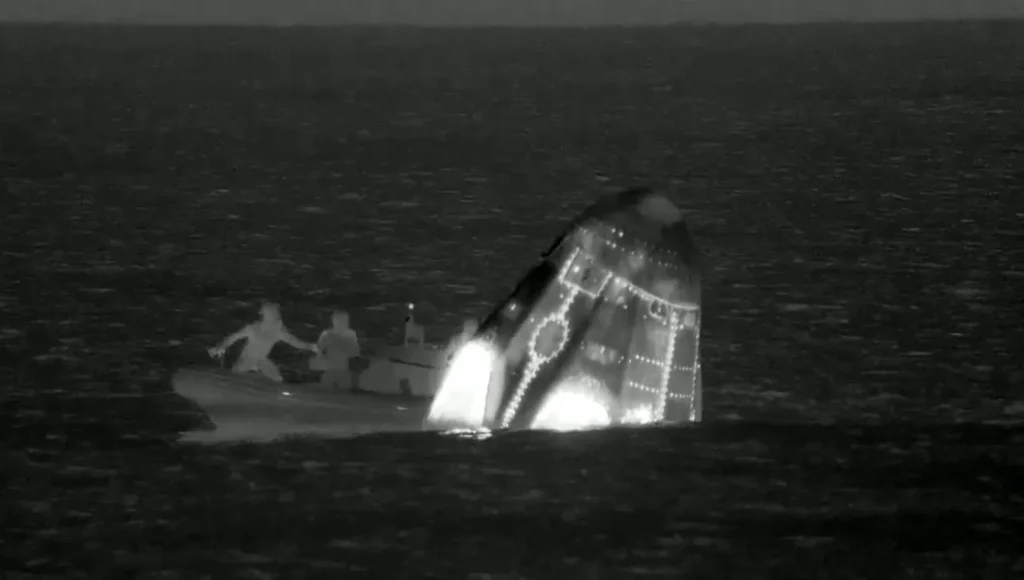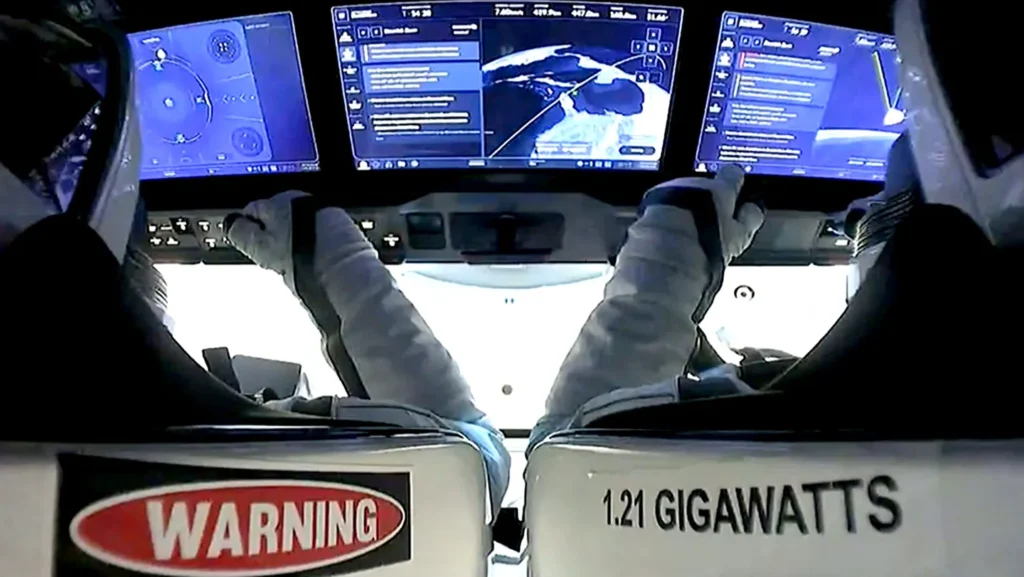
Polaris Dawn: A Mission Beyond Fun – How Private Space Travel is Advancing Science
SpaceX’s Polaris Dawn mission, led by billionaire Jared Isaacman, has captured the world’s attention for pioneering private space exploration. One of the most notable aspects of this mission is that it includes the first-ever private spacewalk. However, while the journey has been widely celebrated for its historic significance, Isaacman emphasizes that it’s more than just a thrill ride. The mission also contributes meaningfully to scientific research, particularly in the areas of human health and the effects of space travel on the body.
Pioneering Science: Health Research in Space
The Polaris Dawn mission is part of a broader three-flight program with a focus on scientific advancement. Specifically, the mission aims to expand understanding of human health in space. Researchers at Baylor College of Medicine are leading the investigation, studying how spaceflight impacts the human body. Astronauts are giving blood samples and undergoing rigorous biomedical testing both before and after their flight to provide invaluable data.
However, what sets Polaris Dawn apart from other space missions isn’t just its private funding or biomedical research. The mission’s altitude, reaching an impressive 870 miles above Earth, takes it far beyond the typical orbit of the International Space Station (ISS), which orbits at about 250 miles above Earth. This makes it the highest altitude humans have reached since the Apollo missions, adding a new dimension to the research being conducted.
Exploring Space’s Radiation Effects
At this extraordinary altitude, Polaris Dawn took its crew through Earth’s inner Van Allen belt, a region of charged particles that shields the planet from harmful radiation. This makes the mission particularly relevant for radiation research. The crew is equipped with sensors to monitor their exposure to radiation, and additional instruments inside the spacecraft measure the different types of radiation in the environment.
According to Jimmy Wu, deputy director at Baylor’s Translational Research Institute for Space Health, the mission provides a rare opportunity to gather data on radiation exposure at such high altitudes. “We’ve been limited by the number of humans that have traveled this far from Earth, so this data is crucial,” said Wu. Understanding the effects of radiation on the body during spaceflight is critical for long-term space exploration, especially as humans prepare for future missions to the Moon and Mars.

Short Mission, Big Impact
While the Polaris Dawn mission is relatively short, lasting just five days compared to the usual six-month rotations on the ISS, it still offers significant opportunities for scientific research. Shorter missions allow researchers to study immediate bodily responses to space travel, such as the onset of space motion sickness. This condition occurs when astronauts enter or leave microgravity environments, and it’s still unclear why some individuals experience it more severely than others.
Though space motion sickness might seem like a minor inconvenience, it could pose serious risks in emergency situations, especially when astronauts are required to quickly respond to unforeseen events during landing or takeoff. Wu highlights this concern, pointing out that if an astronaut loses their sense of orientation or balance, they might not be able to exit the spacecraft in a critical scenario. Understanding and managing such effects is vital for the safety of future space explorers.
The Cumulative Stress of Space Travel
One of the key areas of research on Polaris Dawn is understanding the combined effects of various stressors astronauts face during space travel. The mission examines how factors such as microgravity, radiation exposure, and isolation interact and influence the human body.
Unlike previous missions that focused on isolated effects like microgravity or radiation, Polaris Dawn aims to shed light on how these factors work together. By gathering data from private space missions, researchers can obtain a more comprehensive understanding of the cumulative stresses involved in space travel, which will be essential for planning longer and more complex missions in the future.
Expanding the Scope of Space Travel Data
While space tourism advocates argue that private missions increase access to space, the reality is that space travel is still predominantly reserved for billionaires like Isaacman and their close associates. However, even these missions offer a chance to expand our understanding of how spaceflight affects a broader range of people.
Historically, astronauts chosen for space agency missions have represented a narrow demographic — typically young, healthy, and highly trained individuals. While some of this selectiveness is necessary due to the physical demands of space travel, there’s no denying that the selection process has also been influenced by race, gender, and social factors. Efforts are being made to diversify the astronaut corps, with the European Space Agency recently selecting its first disabled astronaut for training. But the data we have on space health outcomes still largely reflect a limited subset of humanity.
This is where private missions like Polaris Dawn can make a significant contribution. Although commercial astronauts are often still wealthy individuals, they tend to come from more varied backgrounds than traditional astronauts. The Polaris Dawn crew includes an equal number of men and women, allowing for gender comparisons in space health research.

Building a Broader Database for Space Health
To further expand our understanding of human health in space, the Translational Research Institute for Space Health (TRISH) is creating a comprehensive biomedical database that will include data from Polaris Dawn and future commercial space missions. This database aims to collect data from a more diverse group of people, including those with pre-existing health conditions such as diabetes or cardiovascular disease.
“We need to start gathering data on how these conditions behave in space,” Wu emphasized. The information collected from future commercial space travelers will provide researchers with valuable insights into how a broader segment of humanity can fare during spaceflight. This data will be essential as space travel becomes more accessible to a wider population.
Innovations with Earthly Benefits
One of the most intriguing experiments on Polaris Dawn is the testing of a miniaturized ultrasound scanner that astronauts can use to monitor their health while in space. This small, portable device could have wide-reaching implications not only for space exploration but also for healthcare on Earth.
Researchers are studying how best to train astronauts, who are not medical professionals, to use the scanner and collect meaningful data. The goal is to simplify the process of training astronauts before their flight and provide real-time support during missions through “just-in-time training.” This approach could be invaluable for space exploration, where real-time medical help is not available.
These advancements have potential applications here on Earth, especially in remote or underserved areas where access to doctors is limited. If we can successfully develop small, easy-to-use medical devices for space, they could also be used in rural areas or developing countries to improve healthcare access.
“We talk a lot about health equity and how to provide care in low-resource environments,” Wu said. “If we can keep someone healthy in the remoteness of space, we should be able to do the same on Earth.”
Conclusion: The Future of Space Health Research
The Polaris Dawn mission isn’t just about pushing the boundaries of private space travel. It’s a critical opportunity to gather data that could have far-reaching impacts on both space exploration and healthcare on Earth. By studying how the human body responds to the unique stresses of space, and by expanding the pool of participants to include people with diverse backgrounds and health conditions, we can better prepare for a future where space travel becomes a regular part of human life.
As private missions continue to pave the way for more diverse participation in space, the lessons learned from Polaris Dawn will not only enhance our understanding of human health in space but also bring innovations that can benefit people around the world.


